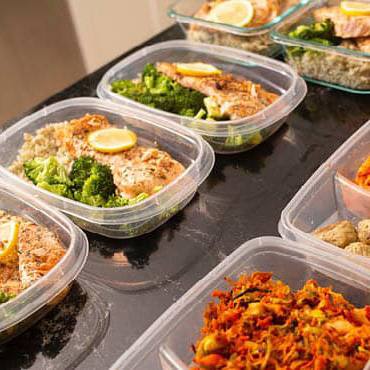-
Featured News
Women’s Wellness: Breastfeeding and weight loss
 World Breast-feeding Week Aug. 1 - 7, 2017
World Breast-feeding Week Aug. 1 - 7, 2017
Beyond providing nourishment and helping to protect your baby from getting sick, breast-feeding can also help you lose weight gained during pregnancy.
When you breast-feed, you use fat cells stored in your body during pregnancy — along with calories from your diet — to fuel your milk production and feed your baby. Weight loss during breast-feeding can occur even when you follow the recommendations to eat an additional 300 to 500 calories a day to keep up your energy and milk production.
However, after an immediate postpartum weight loss of about 15 pounds (6.8 kilograms), weight loss tends to happen gradually — at about 1 to 2 pounds (0.45 to 0.9 kilogram) a month for the first six months after childbirth and more slowly after that point. It often takes six to nine months to lose weight gained during pregnancy.
During breast-feeding, focus on making healthy choices. Opt for a variety of whole grains as well as fruits and vegetables and stay hydrated. If you're trying to lose weight, limit calories from added sugars and saturated fats such as soft drinks, desserts, fried foods, cheese, whole milk and fatty meats. Moderate physical activity can help, too. If, after six months of breast-feeding, you want to lose more weight, you can more carefully restrict your calories as your baby begins to eat more solid foods while continuing breast-feeding.
Weight loss after pregnancy: Reclaiming your body By Mayo Clinic Staff
Weight loss after pregnancy takes time, but it's possible. Concentrate on eating a healthy diet and including physical activity in your daily routine.
If you're like most new moms, you're eager to put away your maternity clothes and slip into your old jeans. Understand the smart way to approach weight loss after pregnancy and promote a lifetime of good health.
Consider your eating habits
When you were pregnant, you might have adjusted your eating habits to support your baby's growth and development. After pregnancy, proper nutrition is still important — especially if you're breast-feeding. Making wise choices can promote healthy weight loss after pregnancy.
- Focus on fruits, vegetables, monounsaturated fats, and whole grains. Foods high in fiber — such as fruits, vegetables, nuts and whole grains — provide you with many important nutrients while helping you feel full longer.
- Eat smaller portions. Eating smaller portions is linked with weight loss and weight maintenance over time. Don't skip meals or limit the amount of fruits and vegetables in your diet, though — you'll miss vital nutrients.
- Avoid temptation. Surround yourself with healthy foods. If junk food poses too much temptation, keep it out of the house.
- Don't try quick fixes. There's no magic bullet for losing weight.
Include physical activity in your daily routine
In the past, women were often told to wait at least six weeks after giving birth to begin exercising. Today, however, the waiting game is over.
If you exercised during pregnancy and had an uncomplicated vaginal delivery, it's generally safe to begin light exercise within days of delivery — or as soon as you feel ready. If you had a C-section or a complicated birth, talk to your health care provider about when to start an exercise program. Generally, you might be able to start light exercises about 4 to 6 weeks after your delivery.
When your health care provider gives you the OK:
- Get comfortable. If you're breast-feeding, feed your baby right before you exercise to avoid discomfort caused by engorged breasts. Wear a supportive bra and comfortable clothing.
- Start slowly. Begin with simple exercises that strengthen major muscle groups, including your abdominal and back muscles. Gradually add exercises of moderate intensity, such as brisk walking or bike riding on a level surface.
- Include your baby. If you have trouble finding time to exercise, include your baby in your routine. Take your baby for a daily walk in a stroller or baby carrier. Lay your baby next to you while you stretch on the floor, or include your baby in strength training activities — such as lifting the baby above you while you lie on your back.
- Don't go it alone. Invite other moms to join you for a daily walk, or try a postpartum exercise class. Working out with others might help motivate you.
Remember to drink plenty of water before, during and after each workout. Stop exercising if you experience pain. This might be a sign that you're overdoing it.
Related Articles







